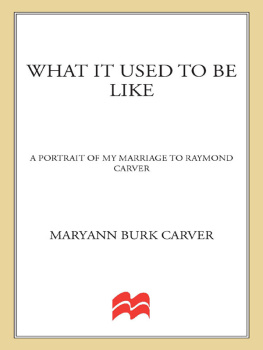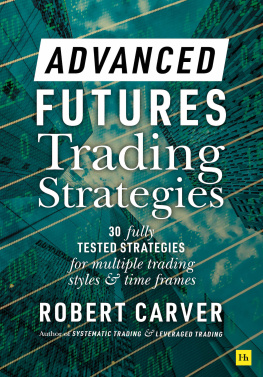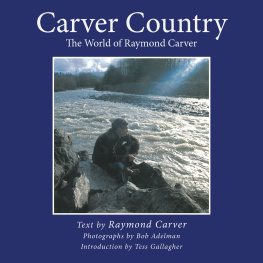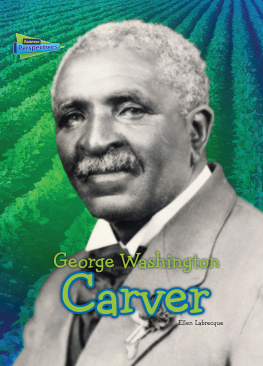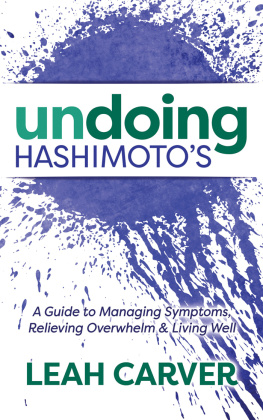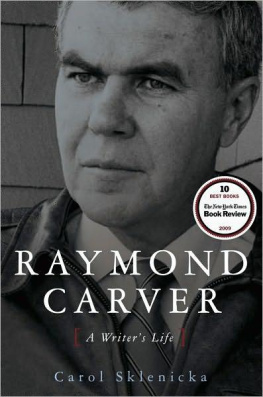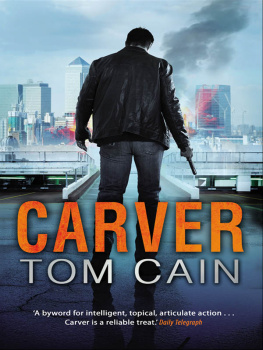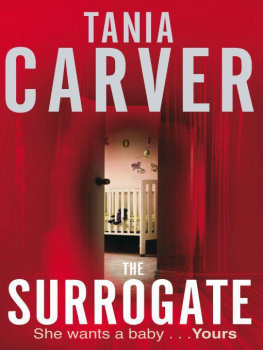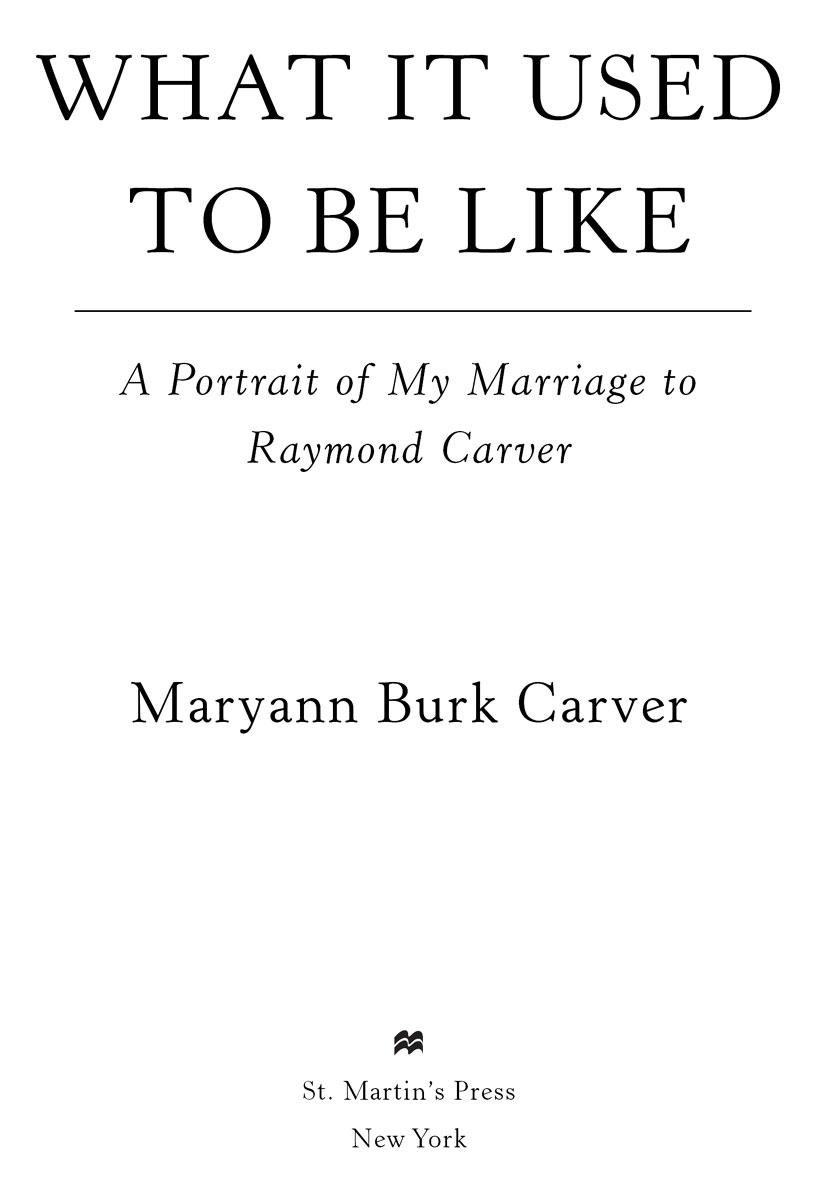Maryann Carvers compelling account of her decades of marriage to the late-great Raymond Carver offers much more than a memoir of interest to admirers of his stories and poems. What It Used to Be Like is emblematic of its time and place, of our American loss of innocence in the late-twentieth century, and of a whole generations dreams, heartbreaks, then coming to terms. What It Used to Be Like is a moving and evocative love story sure to endure for the ages.
What It Used to Be Like is a very moving story. Maryann Burk Carvers love for Raymond Carver shines from every page. She writes with clarity and honesty and no pretensions at all. That is why Ray, one of Americas great writers, would have loved this book.
Maryann and Ray always seemed unbreakable. It turned out that the desperate times were Rays literary apprenticeship. Nothing is held back in Maryanns memoir, just as nothing was held back in their romance.
Ray Carver had a brilliant and heartbreakingly brief career. Eighteen years after his death, we still miss him like crazy. Maryann Carver, his first wife, tells the story of how she and he fell through the ice with honesty and considerable courage.
William Kittredge, author of Hole in the Sky and The Best Short Stories of William Kittredge
Acknowledgments
When I was a philosophy student at Humboldt College (now known as Humboldt State University), I wrote a paper on Tolstoys essay What Is Art? I was taken aback when Count Leo pointed out how many people and how much expense are involved in an opera or a stage play. I never imagined then that I would find myself in a position like this to thank so many people for their tireless, devoted efforts on this book. I am indeed so humbled and honored to list some of these people now. And to those of you behind the scenes or neglected here, I thank you as well from the bottom of my heart.
There were people who helped me type my manuscript1,250 pages; still other people cut down the final version to what you see here. Jeanne MacGregor was the first lady to type, and Theresa MacDonald was the last. In between, there were Jacqueline Dalton and Rene Casebeer, my niece, who also prepared my family photographs for inclusion in the book. Sandy Bonnickson did a lot of typing and organizing, too, as did Kathy Taylor, who took the manuscript, in pieces, to Bellingham author and editor Sara Stamey for preliminary editing. In 2001, dear Kathy also sent the first book off to my agent, Lori Perkins, who had received a section of it as early as 1995. As Lori put it, she kept me in her Rolodex thereafter, determined that I could tell my story myself, instead of other people telling it for me, but by their lights.
Eleven years later, Lori deserves my absolute heartfelt gratitude for her indefatigable, loyal, and loving efforts on my behalf. And, I might add, it is a good thing other people and other projects are making her a living, as she has not made five cents an hour for the time she has spent on me and my work! Another person like that is my first editor, John Stryder, the mastermind who cut those 1,250 pages down to trade-book size, while being minimally invasive and respectful of me, my voice, my story. John is another person whose labor for love, not moneyhis gift to literary historymade this book possible. Sine qua non.
I owe a huge debt of gratitude as well to editor Diane Higgins, who, when at St. Martins, demonstrated heart-warming enthusiasm for the book, having been a devoted fan of Rays and his writing for years. Our hands-on work together on the ending for the book made it much better. Thank you, Diane. And now to Nichole Argyres at St. Martins, my final editor there, I owe my gratitude for her strict adherence to schedule and procedure; at the same time she lends an edgy, artistic overlay to my work. To George Witte, Vicki Lame, Jennifer Carrow, Emily MacEntree, and all the others at St. Martins who have worked on and for this bookthank you, too!
Part professional adviser, author, but family member first and always, my brother-in-law, Douglas Unger, I thank for years of involvement and support for my book.
And thanks to Merry Reymond. I connected with her agent, Lori Perkins, and that has made all the difference. How kind and generous, Merry! Thank you.
To my friend David Danee, who graciously allowed me to use his Lummi Island, Washington, Eagles Nest Retreat as a place where I could write, and where I completed the manuscript, I extend my heartfelt gratitude.
Finally, fullness-of-the-heart gratitude to my wonderful, dear family and friends who were readers, characters, and supportersmy sisters, Jerry and Amy, gone nowunbelievablebut readers and supporters, both of them. I love and miss you so much! My mom, who loved and supported me loyally and completely no matter what, I thank, love, and miss you beyond imagining. And my dad, that wonderful character and extreme example of strength and humor in my life, I thank you and Aunt May, too. A major joy of this book is having all of you live within it.
I thank my children for surviving and thrivingfor the joy and pride they have been in my life. And to their dad, Raymond Carver, who was, as the song goes, the best thing that ever happened to me. Thank you for sitting me down in your study in Cupertino and telling me to write our story.
The book was abridged and edited by John Stryder.

